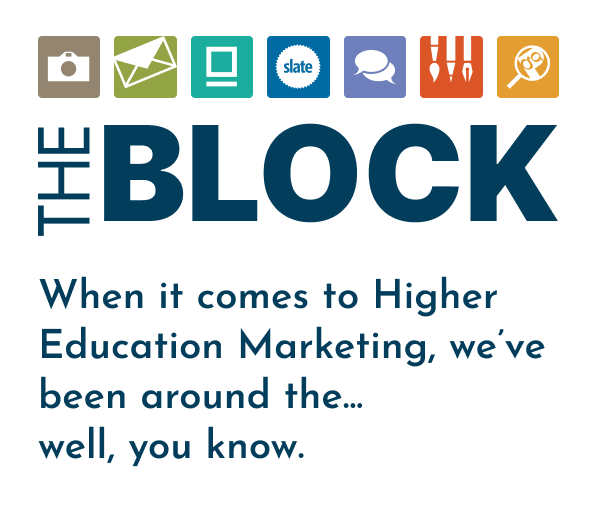
In enrollment management, we know that successful campaigns take time and resources (i.e. money). But when discussing strategies for enrollment cycles, time and time again the issue of cost emerges.
When is something a cost versus an investment?
A cost meets an immediate need while an investment fulfills a long-term need.
For example, when you’re at a drive-thru ordering food, would you consider the price of that burger an investment?
Of course not. That meal satisfies the immediate need of hunger.
Meanwhile, if you were to spend your money on healthier foods, that would be an investment into your overall health.
Likewise in enrollment, there are certain expenses that fulfill immediate needs, while some expenses are for longer-term needs.
In our industry, it’s important to think long-term about our spending. Too often, the question arises “But how much will that cost?” when the necessary question should be “How will this investment pay off down the line?”
Enrollment Strategy Costs and Investments
Let’s say you’re close to meeting your enrollment goals for this current cycle of students. However, you have a handful of prospects who are almost ready to commit, but the issue of affordability arises.
In a last minute push to get your class, you might offer these students a 65% tuition discount rate. That tuition discount is a prime example of a cost, as it responds to that immediate need to lock those students into the incoming class.
Utilizing eleventh-hour strategies is not sustainable overall. It’s important to invest in long-term strategies upfront to avoid unnecessary costs down the line.
Devoting funds toward a multi-year search program will give a school the type of students they’re looking for — students who perhaps only need a 50% discount rate rather than 65%.
When you invest up front, you don’t need to fill in holes later on and ultimately, you save money in the long run.
Human Resources Costs and Investments
This idea can be applied internally as well.
We all know the turnover rate for admission staff is high right now. Zippia reports that 42% of admission counselors stay at their job for only 1-2 years.
And admissions counseling isn’t the only role in higher ed experiencing fast turnovers. Folks in mid to upper level roles are jumping ship as soon as a new opportunity arises.
Constantly training new staff only for them to leave within a few enrollment cycles is a financial drain.
Not to mention, there’s a cost to interviewing potential hires. Time is money, and those hours spent interviewing dozens of applicants could be utilized elsewhere had the right talent been found, hired, and invested in.
How do you invest in the right talent?
Through targeted hiring and professional development. Show your staff you care about them and develop a sense of loyalty within your team. You should see that reciprocated which will save you costs down the road.
Investing in skilled talent fit for the position is a long-term solution that systematically flows better into your overall enrollment strategy.
For more information on investing in your staff, check out our blog post.
Third Party Partner Costs and Investments
Another example we see occur is the desire to take aspects of enrollment strategy implementations internally. This is doable if that internal resource is confident in his or her ability to execute the strategy effectively.
But you have to be very honest and critical when seeking to take things internally.
Are you actually able to handle the operation? Many elements of enrollment like search, digital, and even photography take a lot of hands and are more complex processes than what you might initially expect.
Plus, in the ever-changing market of higher ed positions, you might lose that personnel and have to re-assign that task to another employee.
Assigning a duty to an internal talent who isn’t as knowledgeable or experienced in that specific realm might cost you more than that initial investment in a third party partner.
Thinking in the Long-Term with The Parish Group
Investments are necessary, and failing to think ahead with your budgets in a big picture lens will end up costing you more.
Admittedly, long-term strategies are expensive undertakings; however there are investments you must make in order to implement your vision successfully.
Investments let us build the enrollment funnel moving forward. Ultimately, this is an exercise in patience— a must for the higher ed industry.
If you’re interested in learning more about potential costs and investments for your institution, we have experienced personnel, former directors and deans of enrollment teams, ready to help.
Reach out to us at success@parishgroup.com or call our office at 828-505-3000 to learn more.







